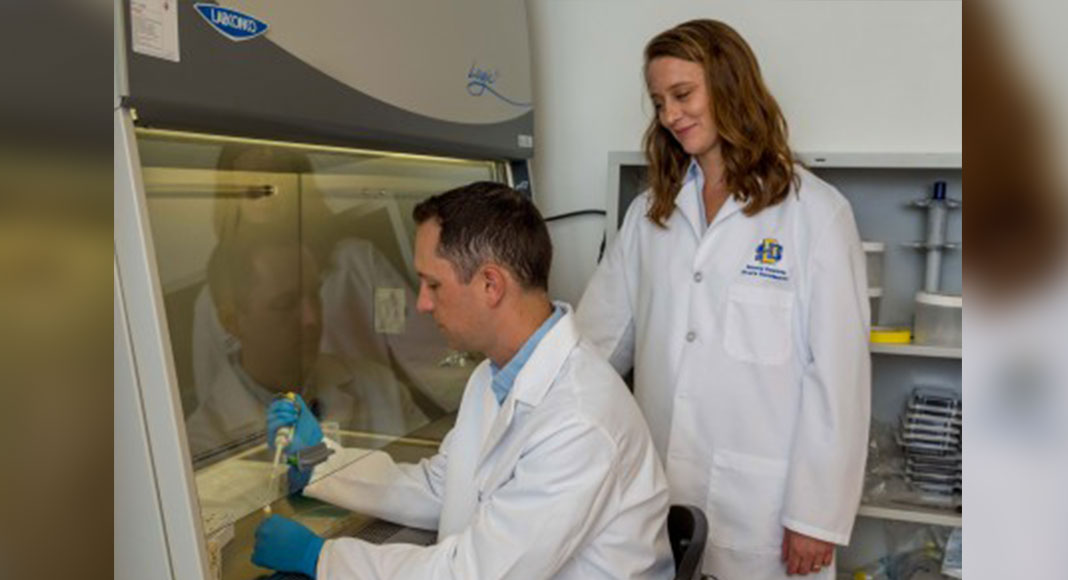
Mega Doctor News
by South Dakota State University
Newswise — Antibody testing of health care workers in three rural counties in eastern South Dakota and western Minnesota showed only 15% of the study participants had antibodies to the novel coronavirus.
“Antibodies (to the novel coronavirus) show the true prevalence (of COVID-19) in the population,” according to South Dakota State University assistant professor Natalie Thiex, whose research team in the Department of Biology and Microbiology led the study.
The health care workers had the highest exposure because most of them were caring for COVID-19-positive patients. Nevertheless, at the end of 2020 when vaccinations began, 85% of the study participants had no detectable antibodies so they were still susceptible to the infection. “This data shows we cannot rely on natural infection to reach herd immunity. We need people to get their COVID-19 vaccinations to reach that goal,” Thiex said.
Furthermore, those health care workers who had direct contact with COVID-19 patients had a similar infection rate to those who did not. “Occupational exposure was not a predominant dynamic for testing positive,” Thiex said. The PPE health care workers used along with other environmental controls did mitigate virus transmission. Therefore, if a COVID-19 surge occurs in the fall, these same prevention measures, including the wearing of masks, can be used again to reduce disease transmission.
Researchers from the departments of biology and microbiology, chemistry and biochemistry and veterinary and biomedical sciences worked on the project, with Professor Emerita Bonny Specker providing epidemiology expertise. The study was supported by South Dakota BioSystems Networks and Translational Research center, known as BioSNTR, along with the South Dakota Center for Biologics Research and Commercialization. Both are state-funded research centers.
Study results are available online in the July issue of the Journal of Medical Virology, which publishes research on viruses affecting humans
Volunteers at five health care facilities participated in the study, with blood draws taking place during an eight-month time span—May through December 2020. “The longitudinal design is one of the strengths of the study, because we could trace those who went from negative to positive for COVID-19 antibodies,” Thiex said.
Individuals at the health care facilities did the blood draws. The SDSU researchers then tested the blood samples, first to determine whether severe acute respiratory syndrome coronavirus 2 antibodies were present and then to evaluate whether those antibodies were capable of neutralizing the virus and therefore protecting the individual against infection.
“We are very thankful that, in the middle of the pandemic when they were working so hard to take care of patients and putting their own health on the line, the study participants went above and beyond and did these blood draws,” Thiex said.
“When we started testing in May, many people thought they had already had COVID-19; however, only one out of 330 of the study participants had antibodies during the first round of testing May 13 through July 13,” Thiex said. “We showed this was not the case. We did not have viral circulation within our communities at any high level until after July—and that is what the data shows. A lot of other viruses cause similar symptoms.”
In the second round of antibody testing, Aug. 13 through Sept. 25, five of the 260 participants had novel coronavirus antibodies. That number increased to 35 out of 235 participants, 14.8%, in the testing done Oct. 16 through Dec. 22. Though the number of COVID-19 cases has dwindled this summer, Thiex said, “This is not over yet—people need to get vaccinated so we are ready for a potential surge in the fall.”










